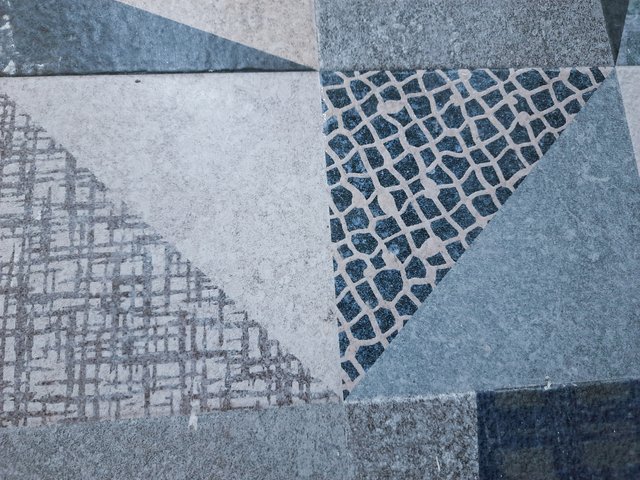Floor Ceramics

Ceramic is one of the flooring materials that are often found in homes. Ceramic is also a favorite among the upper middle class because the price is not too expensive compared to marble and granite. Currently, floors, especially ceramics, are not only used as a covering. But also as an important element in interior design. Starting from there, now many industrial technologies produce increasingly innovative ceramic products. Floor ceramics are indeed developing rapidly, giving birth to new innovations. Digital printing technology, for example, allows the creation of more complex and highly precise designs. In the modern era, floor ceramics not only function as floor coverings, but also as an important element in interior design. The richness of types, technological innovations, and a focus on safety illustrate how floor ceramics continue to follow the times and are no longer just a matter of aesthetics.
The term ceramic itself refers to the ancient Greek vocabulary, keramos, which means anything that comes from clay and is fired. As is known, ceramics can take various forms. However, floor ceramics or tiles that we know today have roots in the Latin word, tegula, which means to cover. Entering the medieval period which was then continued by the advancement of manufacturing during the Industrial Revolution, the use of ceramics experienced a rapid increase. Ceramics were no longer monopolized by magnificent buildings and those belonging to the nobility, but also began to be used in living rooms, kitchens, bedrooms, bathrooms, in the homes of ordinary people. Approaching the 20th century, ceramic industry players began to produce floor ceramics with a variety of motifs, colors, and sizes according to consumer needs supported by the development of modern production technology at that time.
Upvoted! Thank you for supporting witness @jswit.